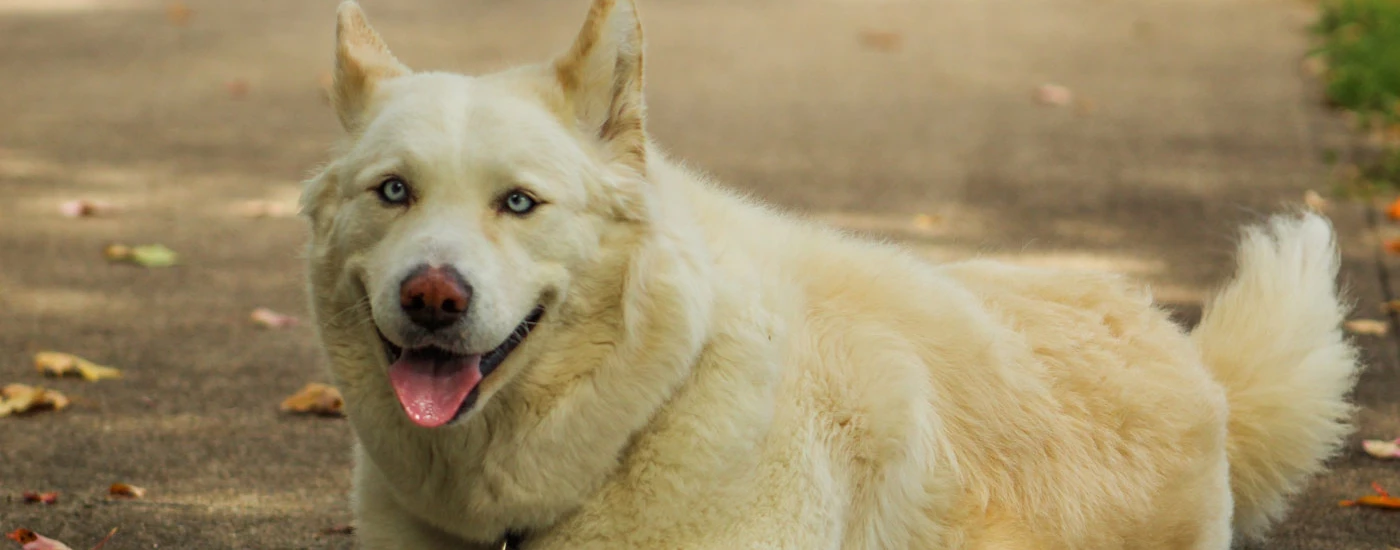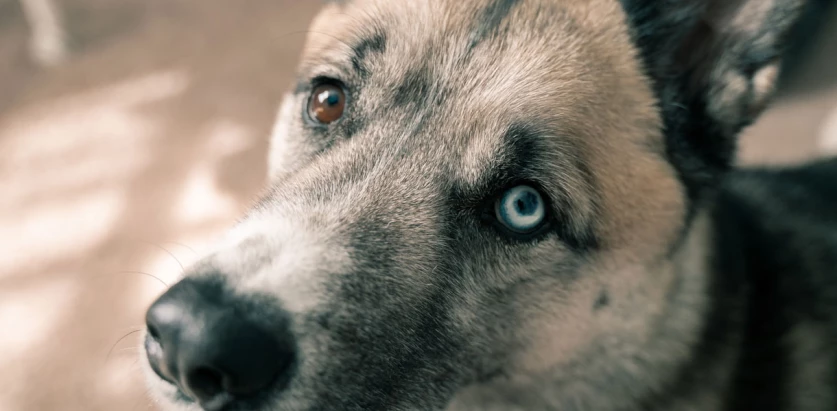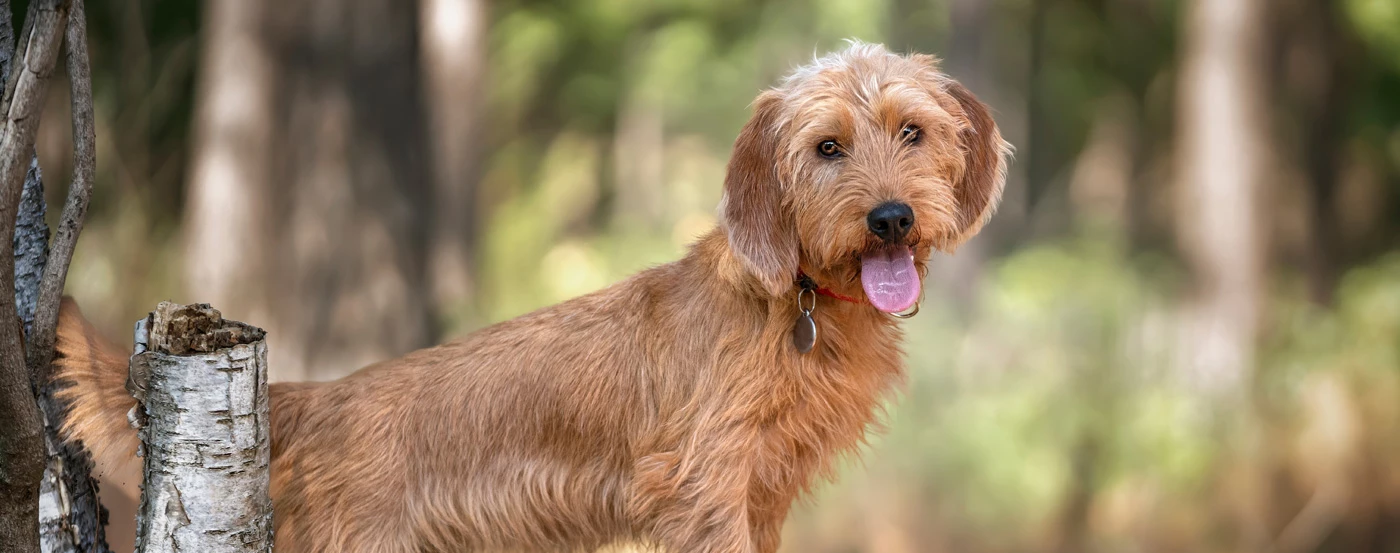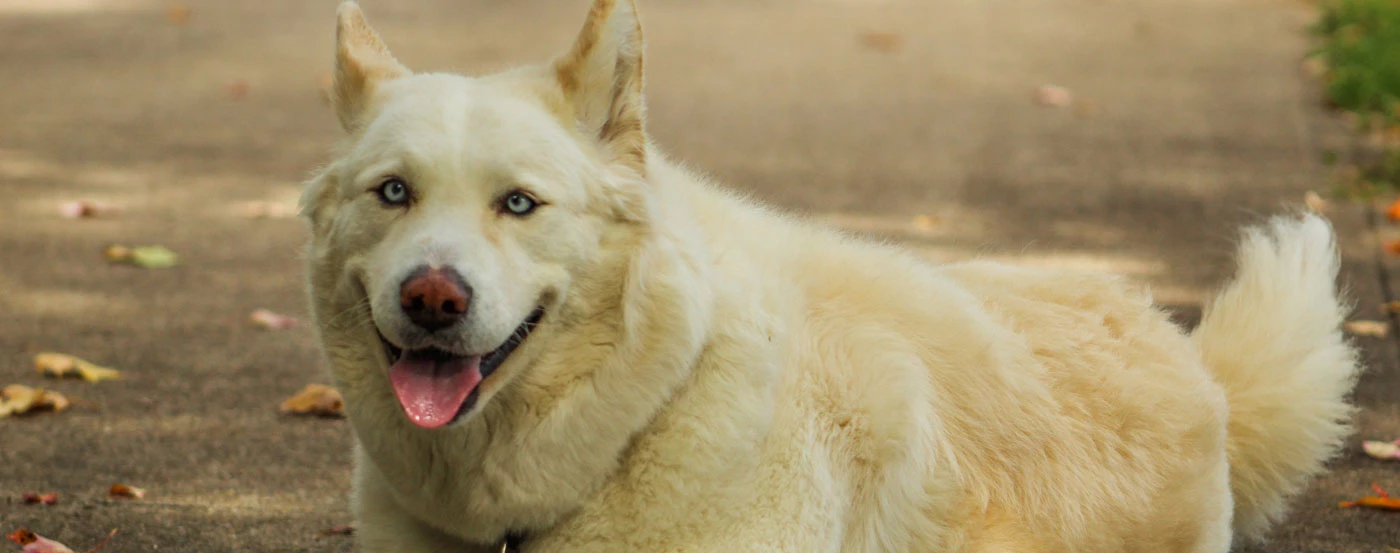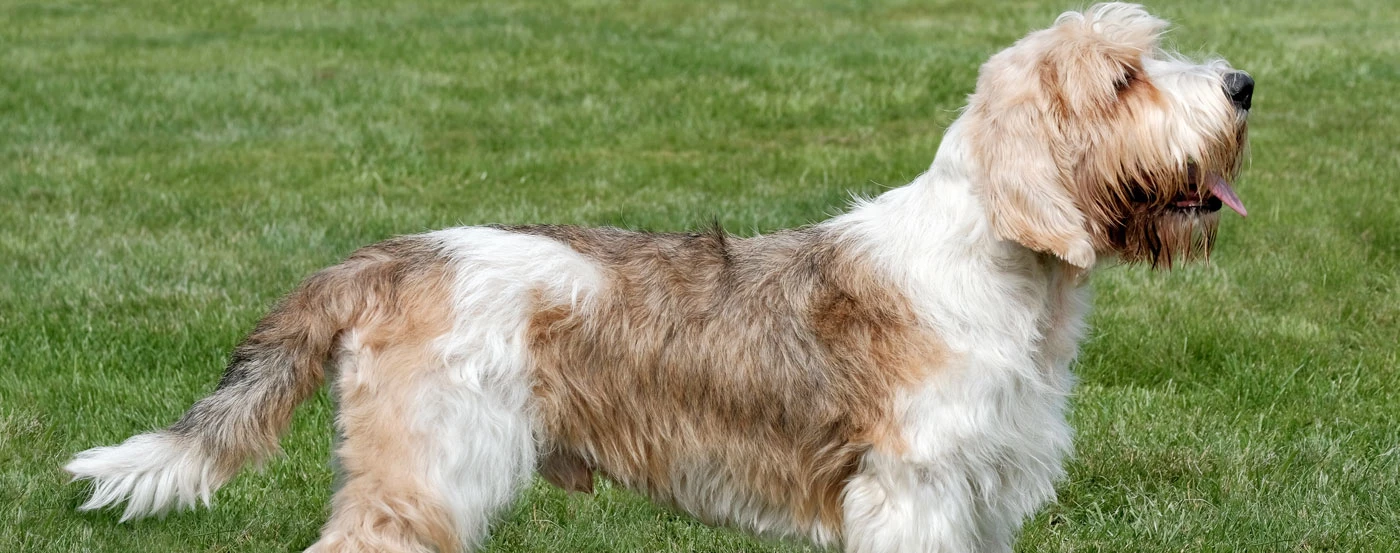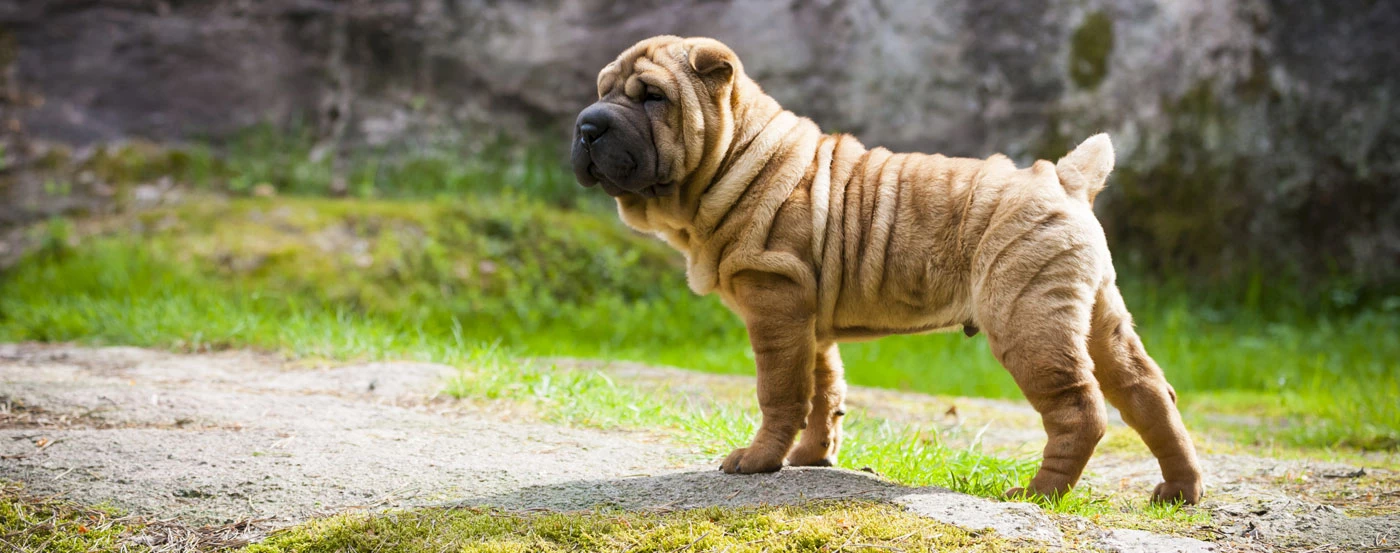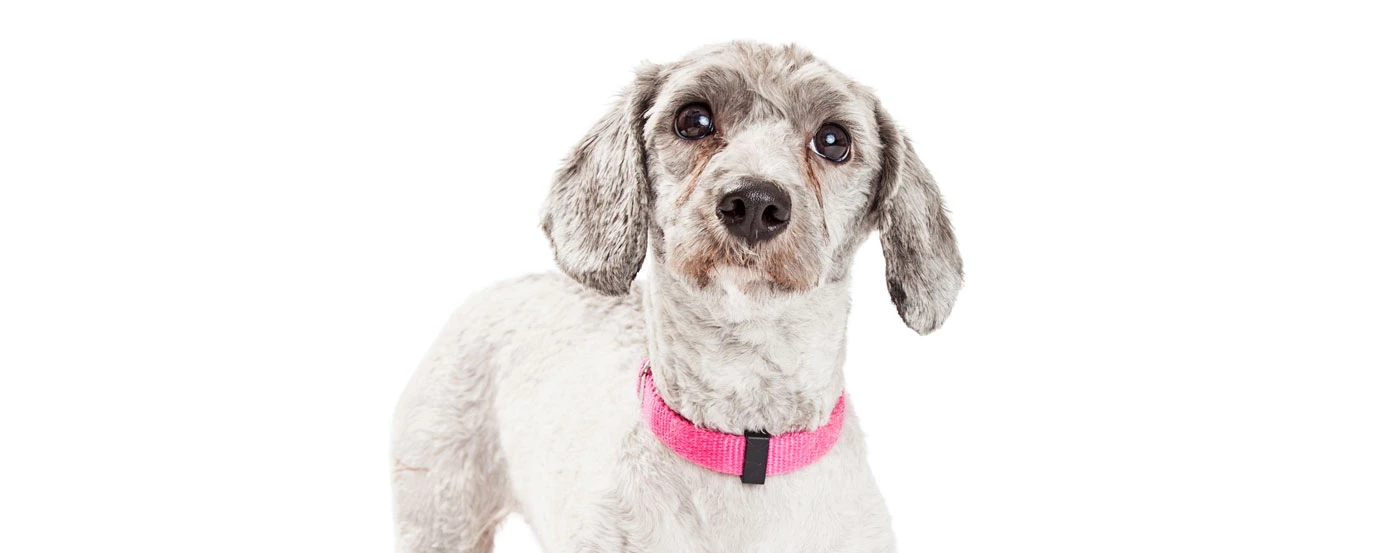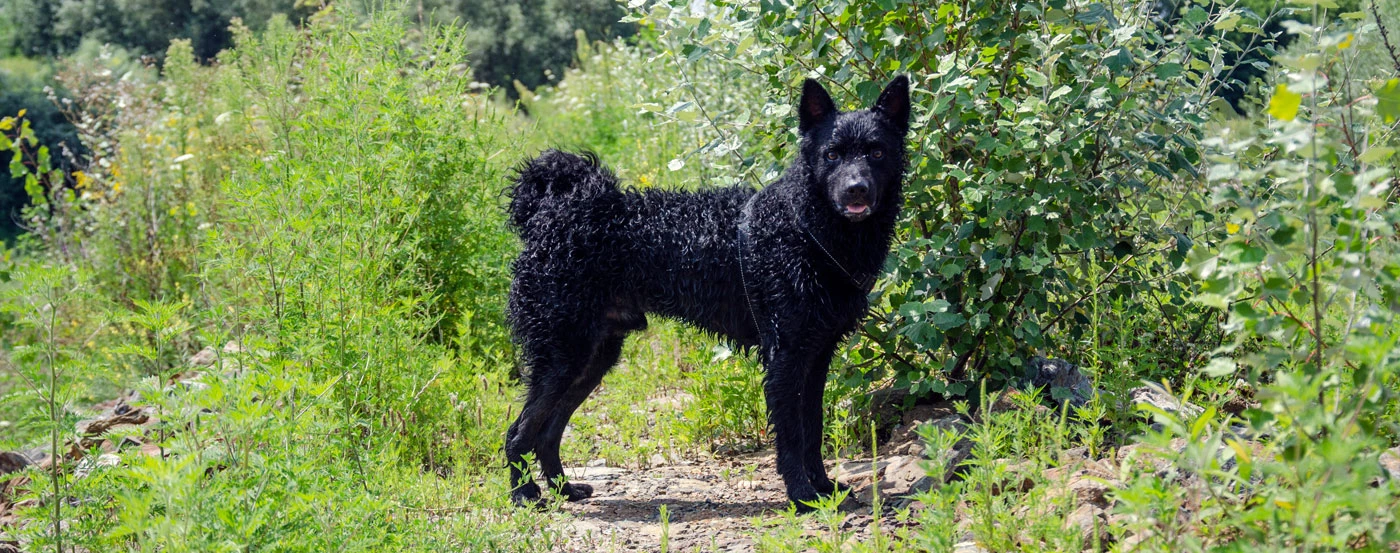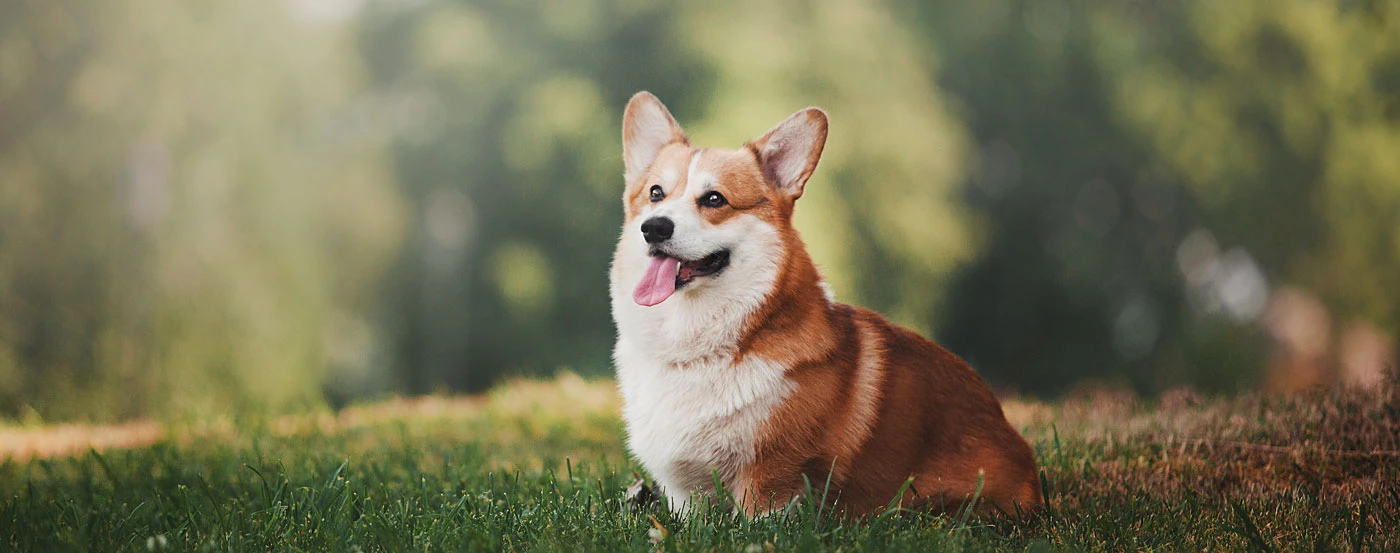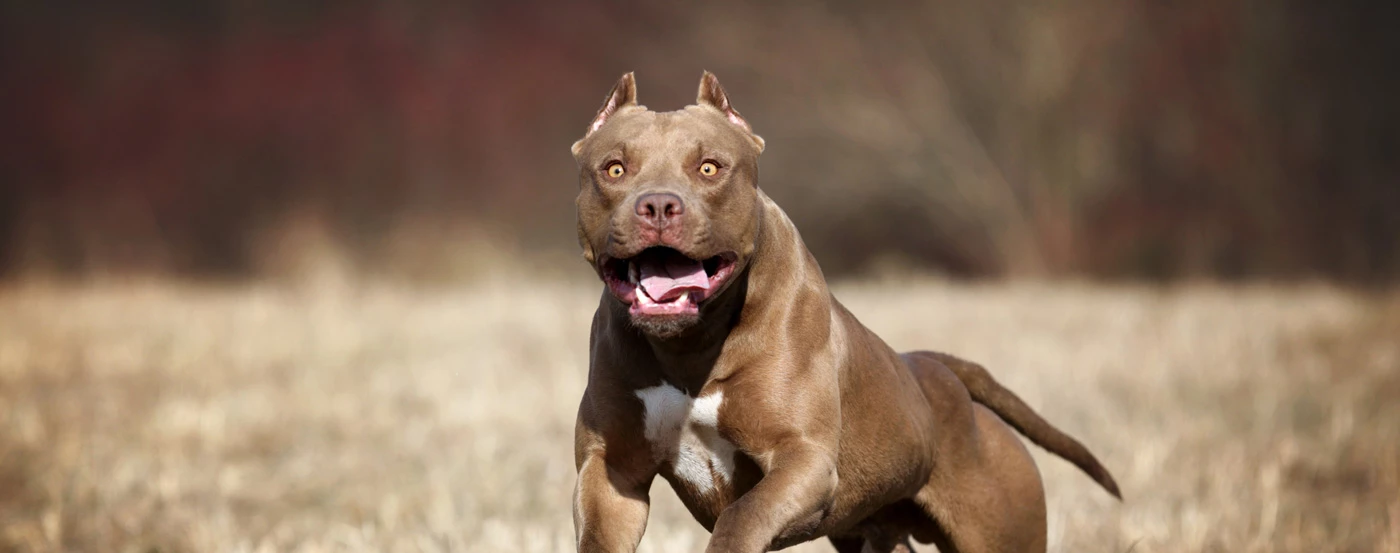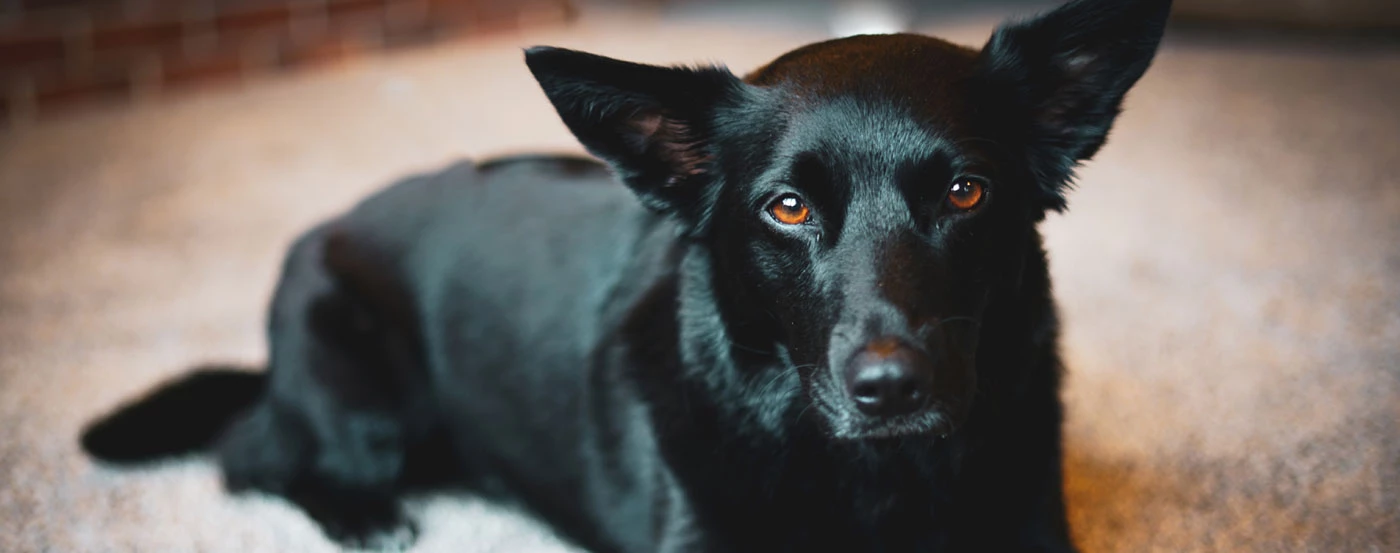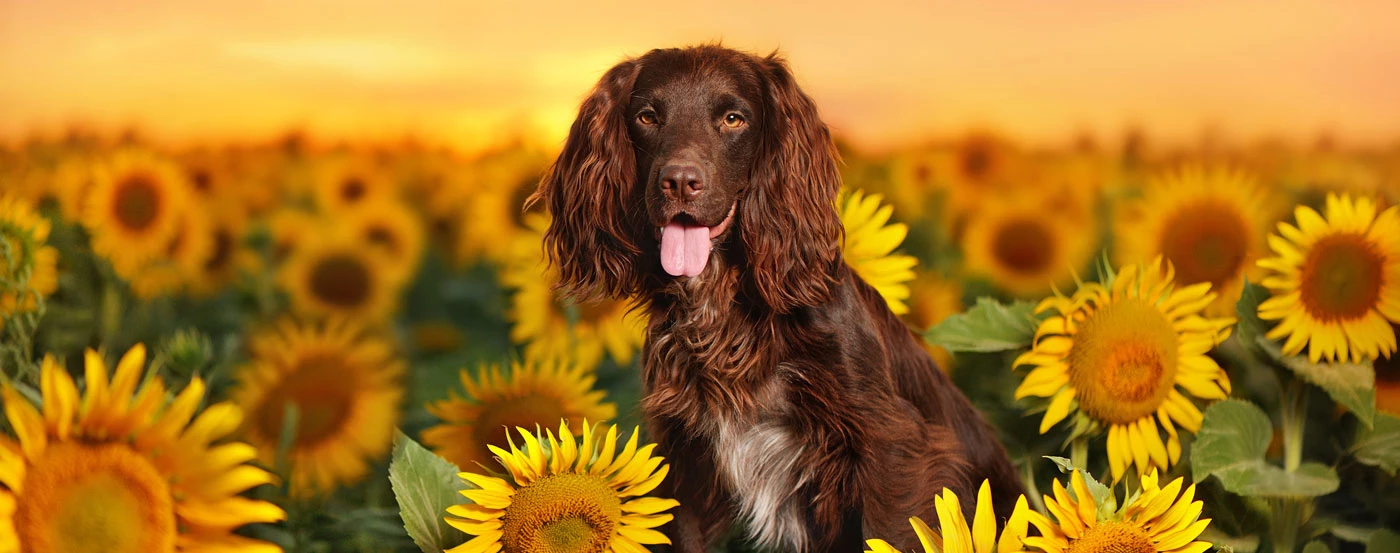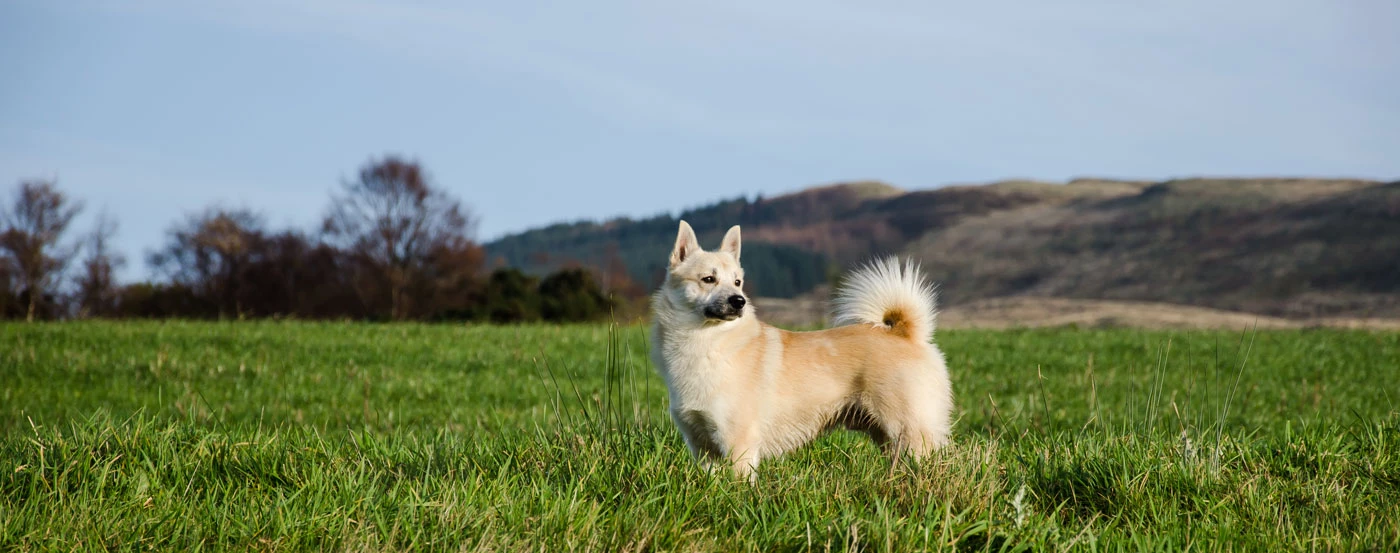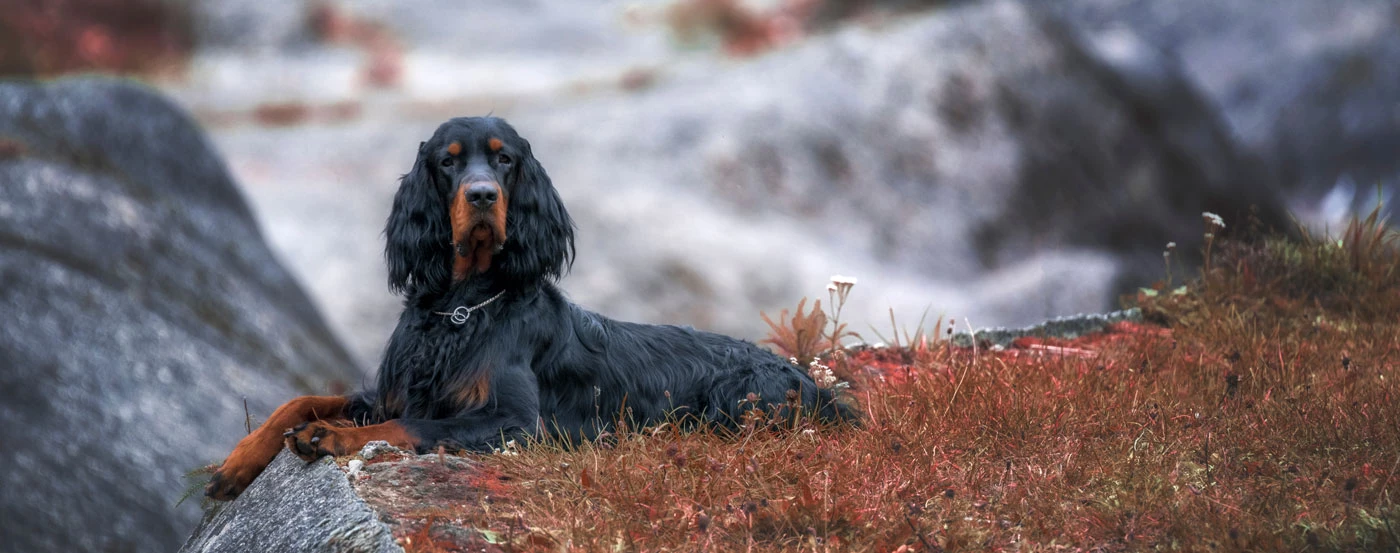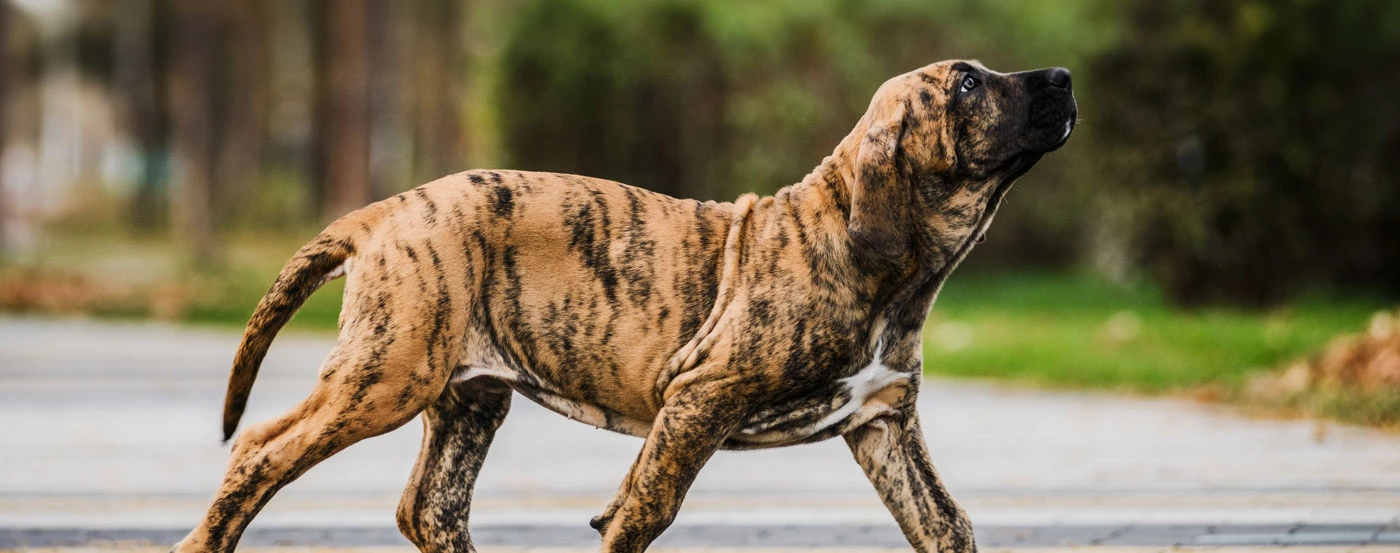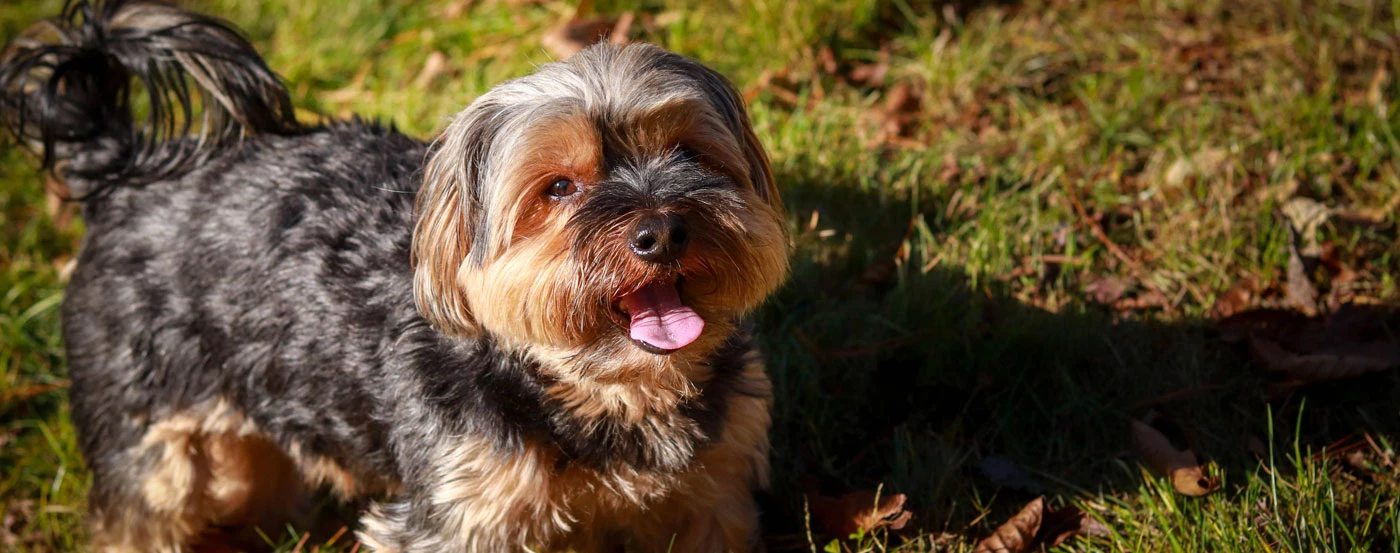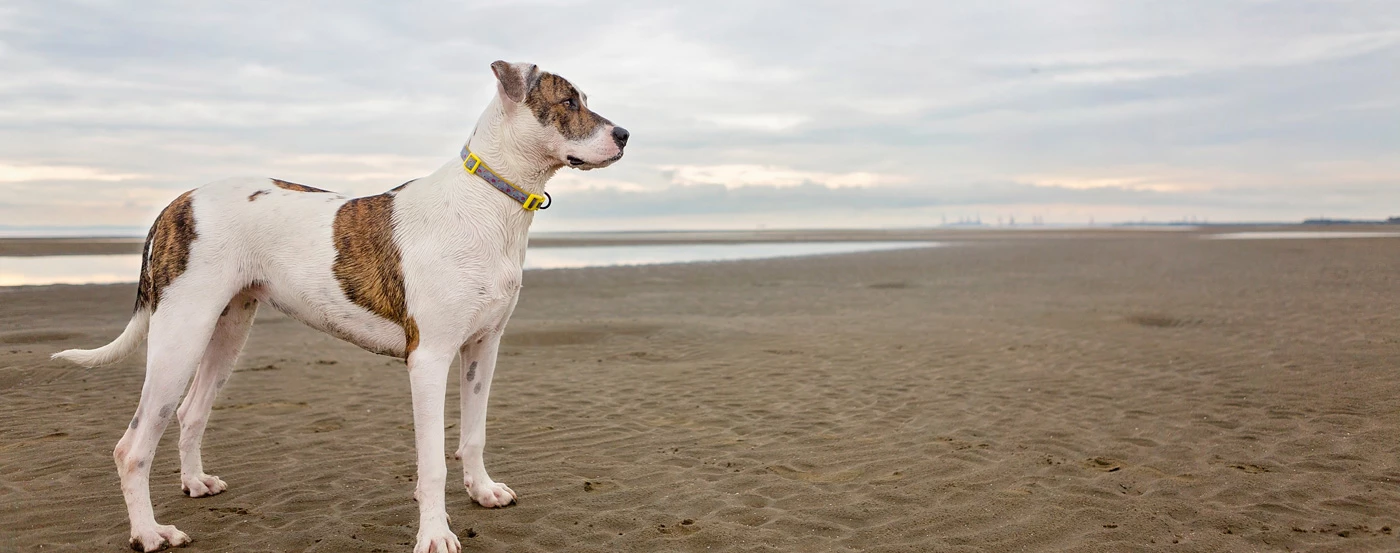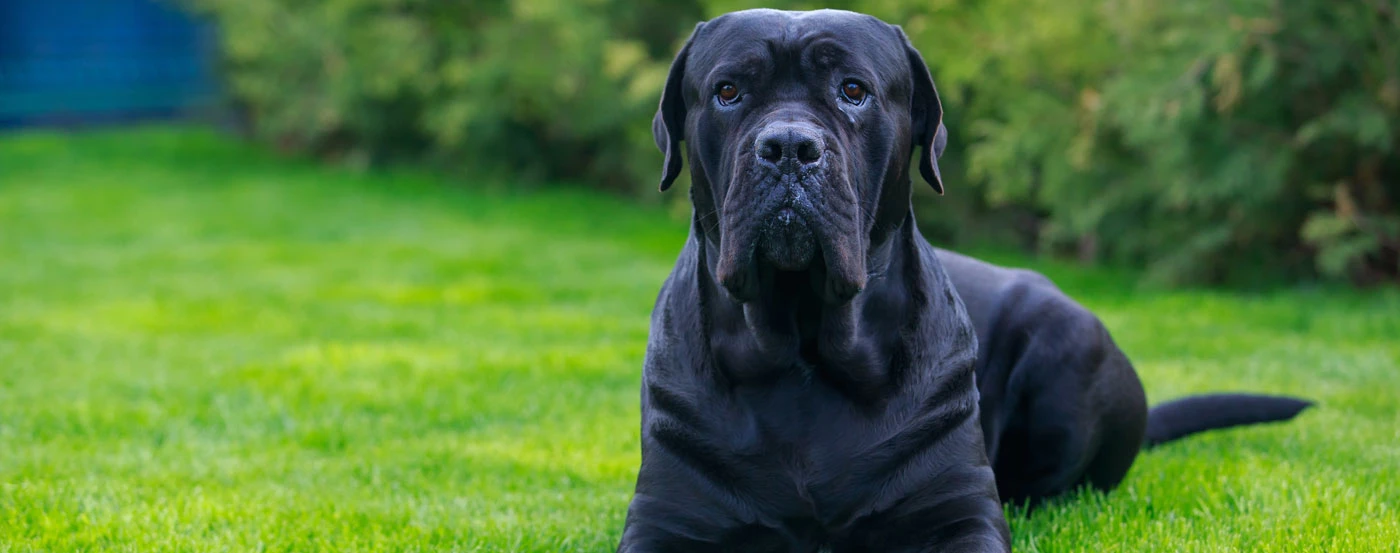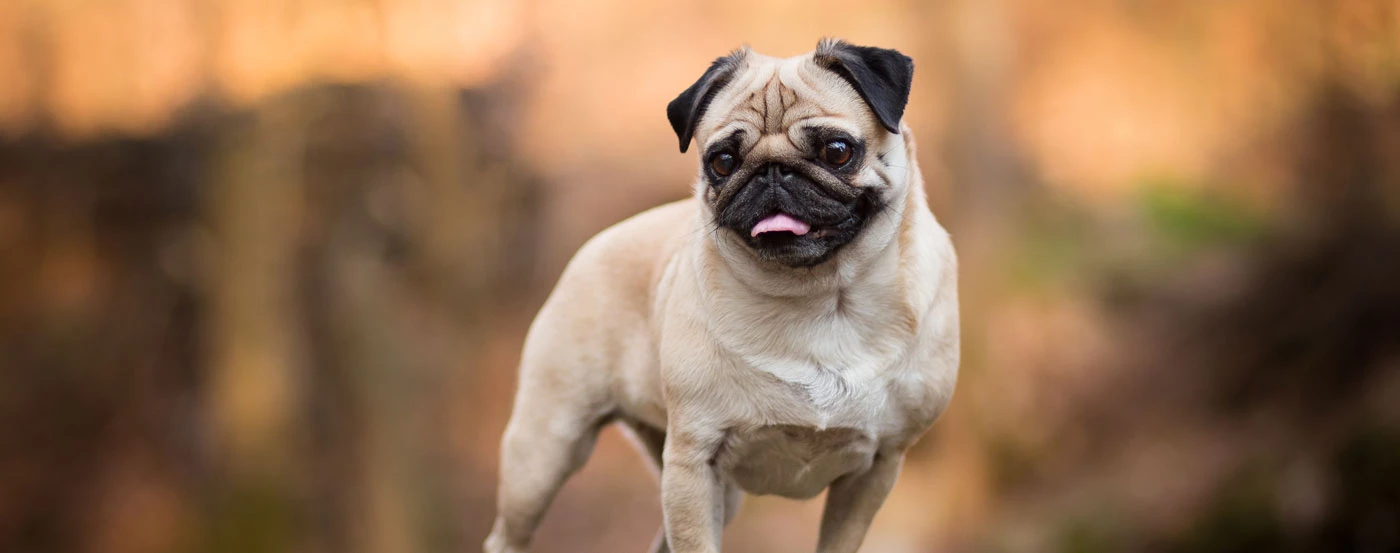About the Huskita
Are you currently looking for a new furry friend that is loyal and has a boundless energy to complete your (family) home? Then you might find the paw-fect fit in a Huskita puppy!
Our breed guide will provide you with an extensive overview of this breed and take you through the origins of these animals to how the training and grooming requirements of this highly intelligent breed!
At the end of this article, you will have fallen in love with their strong personalities and know whether you have found your new companion in this breed.
Huskita Gallery
What is the history & origin of the Huskita?
Likely originating in North America, starting in the early 1990s, breeders chose the Husky and the Akita, which are native to South Korea and Japan, as parent breeds.
This mixed breed is commonly known for being used as a working dog due to its high intelligence and eagerness to perform tasks. This personality trait has made them favoured to be used as police dogs, mainly in North America.
Being a designer breed, they haven't been recognised by the American Kennel Club but are popular among dog owners that are looking for the right dog with some extra amount of personality and energy.
Who are Huskita dogs best for?
Huskitas will be a great fit for everybody that lives an active lifestyle and has plenty of time to commit to their pup as these dogs don't just require enough exercise but also lots of attention and plenty of training at a young age, to overcome their somewhat stubborn streak.
If you already have a dog, it might take some extra socialisation to get your Huskita used to it as well. Therefore you should rather not plan on having two dogs or more at that time, just to make it a little easier for you.
On top of that, if you have small children, you should potentially wait until they are a bit older and more grown before you get yourself a dog such as this breed.
Due to their protective and loyal nature, they are excellent family guard dogs and are happiest in a home with a fenced yard to get some of their exercise requirements out of their system. With that being said, they can adapt to apartment living if given at least 90 minutes of physical exercise a day.
How much grooming does a Huskita need?
Like most dogs with thick coats, Huskitas have certain maintenance requirements. You will have to brush their double coats, which are perfect for cold weather, at least once a week.
Like other dogs with similar coats, they tend to shed quite a bit and therefore, you might want to make sure your dog does not leave their hair everywhere on your furniture or clothes.
You should only bathe them if they start to get smelly, as they need their skin's essential oils to keep their coat healthy and shiny.
Do Huskita bark much?
These dogs do not tend to bark much but rather communicate using whining or howling, which can sometimes sound very much like speaking.
If being left alone for too long, this howling behaviour will intensify and can become excessive, which might be an issue for neighbours.
Do Huskita bite?
Huskitas can show aggressive tendencies towards small dogs, cats, and other animals, which can involve chasing and sometimes even nipping or biting.
The best is to train your Huskita puppies from an early age to get along with smaller animals and even kids and use positive reinforcement as much as possible.
What is the temperament & personality of a Huskita?
Huskitas are extremely loyal and affectionate dogs towards their owners, similar to a Siberian Husky.
They bring very high activity levels to your household and always require something to do to keep them busy and mentally stimulated.
Unfortunately, some Huskita owners have reported some aggressive tendencies in these dogs, which is why it is recommended that you always supervise interactions with small children and other small dogs. With that being said, no matter what dog breed you own, you should never leave them unsupervised with kids or strangers.
Most Huskitas will also try and test their boundaries within their new pack, so be aware of this and set the hierarchies straight from a young age.
Due to their high-energy and high-intelligence levels, it is best to not leave your Huskita alone for too long and especially not without mental stimulation or a purpose, as this boredom will quickly turn into destructive behaviour and excessive howling or barking.
What is the weight & size of a Huskita?
These are medium to large-sized, muscular dogs which can be between 56 to 61 cm tall and normally weigh between 23 to 30 kg.
How much training does a Huskita need?
With a high level of intelligence can sometimes come a stubborn streak, which may require a bit more patience and consistency when it comes to training this breed.
Starting at a young age with sufficient positive reinforcement and obedience training is important. Early socialisation with other dogs and humans is also recommended.
This breed requires a lot of mental stimulation as they can get quite vocal and turn towards destructive behaviour if they are feeling bored.
Once properly trained and grown out of their difficult age, these dogs mainly portray good manners and are very eager to please; therefore, teaching them some tricks through mental stimulation games can be lots of fun, thanks to their close relation to other retriever breeds.
What are some of the most common health issues for a Huskita?
The Huskita can be prone to some of the similar health issues that their parent breeds struggle with, which are:
Hip Dysplasia
Blood Disease
Epilepsy
Despite them being high-energy dogs, they can struggle with weight gain if not fed adequately.
What is the lifespan of a Huskita?
This mixed breed has an average lifespan of 10 to 13 years.
How much should you feed a Huskita?
Always make sure you feed your dog a high-quality and well-balanced diet to avoid weight gain and related health problems.
To ensure your dog keeps a healthy weight, chat with your local vet about the right diet for your pup and stick to a feeding schedule with little snacks in between.
Even though this breed is highly energetic, your dog can be prone to weight gain; therefore, you should make sure that you always meet their exercise requirements.
What is the price of a Huskita in Australia?
When purchased directly from a breeder, Huskita puppies will cost, on average, between $500 and $1500. Even though they are a designer breed, they can end up in shelters; therefore, you should also check in with your local shelter and see if it is not a possibility to adopt Huskita puppies from there or even get an adult dog.
Pros
- Very loyal
- Has a beautiful coat
- Suited for cold climates
Cons
- Might howl a lot
- High grooming requirements
- Needs lots of space indoors and outdoors
